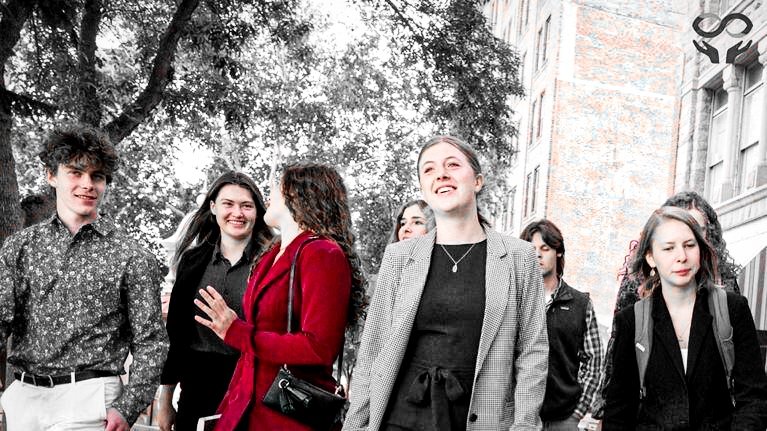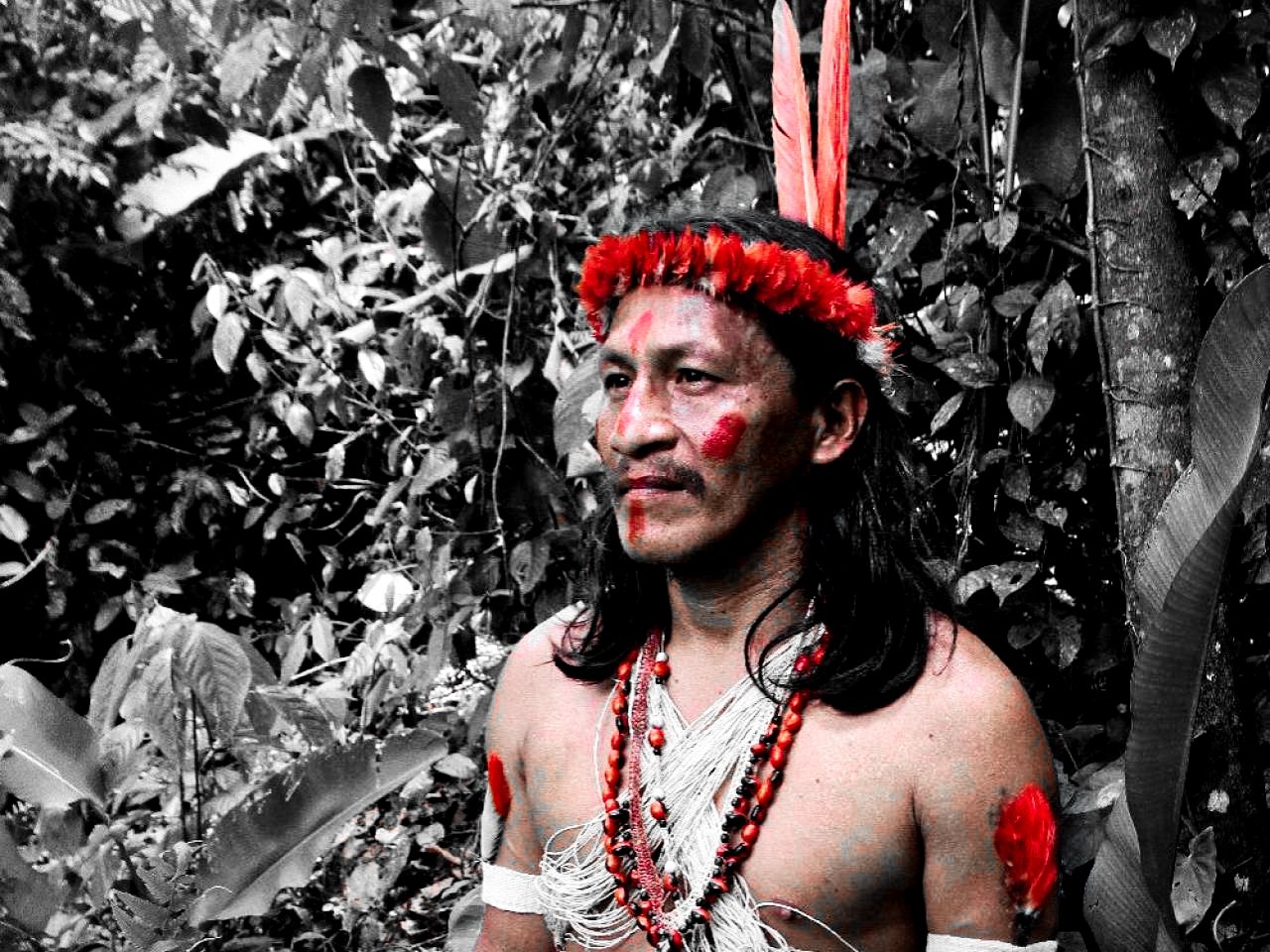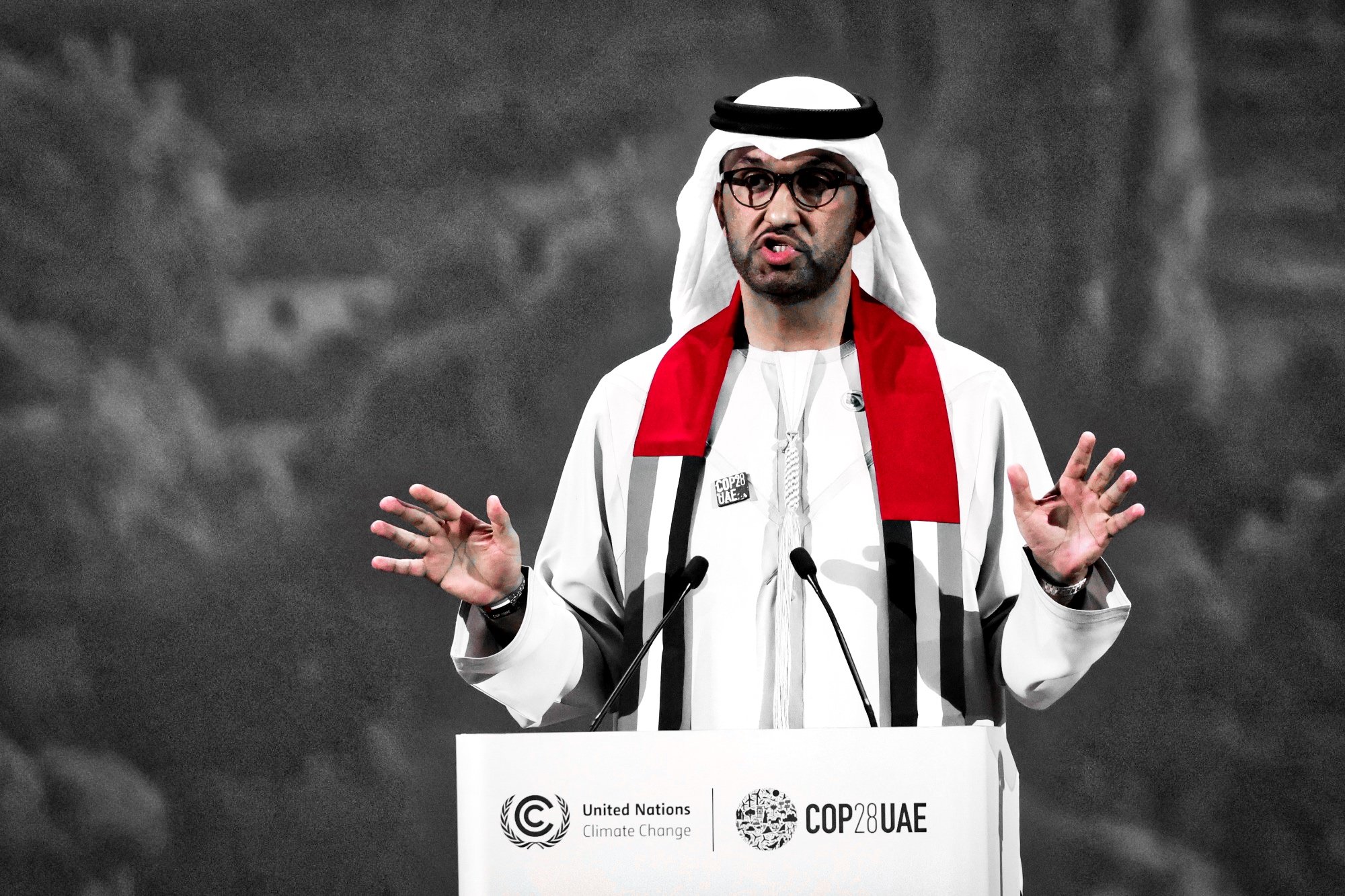Incredible and rare: a sighting of Arizona’s only known wild ocelot. For all the stories of gloom and deprivation that rocked the natural world over the past year, there was the occasional ray of hope. This was one.
Just as P-22, a young mountain lion dubbed the “Hollywood cat” who surprised biologists by establishing a decade-long residency in the Griffith Park area of Los Angeles sparked a conservation movement that has resulted in the construction of a wildlife bridge over California’s 10-lane Highway 101, other animals left their mark in 2023.
Lone animals and groups alike used their innate skills and courage to recover lost territory, expand their range, or simply survive against the odds.
Some were helped by human action like stream restoration, while others, following in the tracks of P-22, deepened scientific knowledge and helped inspire those who work to save them.
An ocelot, a much smaller — and more rare — cat than a mountain lion confounded observations in Arizona’s Huachuca Mountains in early July by, well, showing up. This ocelot, dubbed Lil’ Jefe — a nod to El Jefe, the now-famous jaguar found in the same region — overcame ranchlands, roads, mining activities, poison traps set by the US Dept. of Agriculture, and an increasingly fortified border wall, to find a way to survive.
His presence has since galvanized local conservation efforts in the area, if only by highlighting the threat to wildlife from a border wall that keeps growing, despite the ongoing controversy.
The ever-growing border wall promises to be a divisive issue in the upcoming US presidential elections, where it hasn’t proven to be so already.
Fewer than 100 ocelots remain in the continental United States, mostly in Texas. The US population is the northern reach of a range that extends south through the Americas to Argentina. As reported by the conservation website The Revelator, biologists believe Lil’ Jefe, who was spotted just five miles north of the border, has appeared on trap cameras some 150 times since 2012. He’s the only known ocelot in Arizona and one of just five spotted in the state since 2009. He likely came from northern Mexico, a home he can’t return to — and that others can’t migrate from — because of the border wall.
Camera traps in the region have captured ringtail raccoons, mountain lions and the occasional black bear, an indication of the region’s remarkable biodiversity and the need —some would say responsibility — to protect and preserve it for future generations, for biodiversity’s sake and for the sake of the wild world at large.
Lil’ Jefe’s efforts have not entirely been in vain. A video uploaded to YouTube five months ago by wildlife videographer and self-styled “conservation CATalyst” Jason Miller has captured 20K views. The circle of life goes on.









